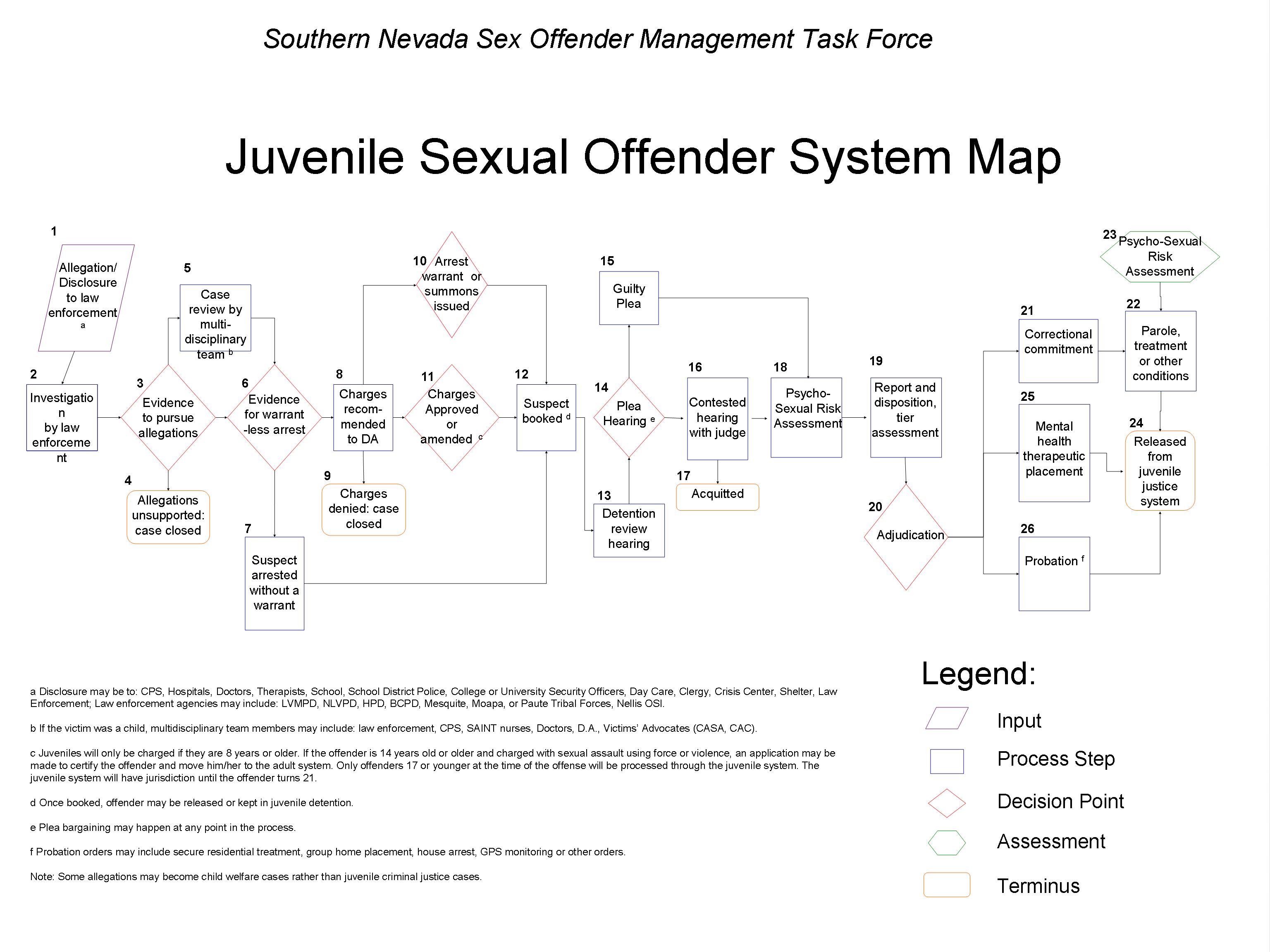Research Paper: Attitudes towards Megan’s Law and juvenile sex offenders (2010)
Link: Justice Policy Journal 7(1)
- Abtract: Sex offender registration laws are very controversial. All fifty states require adult sex offenders to register. Currently forty-two states have extended registration and community notification requirements to juveniles (Szymanski 2009). These states seem to have failed to look at the unique nature of juvenile sex offending. Juveniles have a very low recidivism rate and often represent complex culpability issues due to the strict liability of age-of-consent laws. Applying Megan’s Law to juveniles and forcing public registration can lead to negative consequences for juveniles’ social development. One of the main stipulations of the registration laws is the requirement to notify schools which harms juvenile offenders, causing social isolation and labeling them as sexual predators (Lowe 1997). Impairment at school interferes with children’s social development. Expansion of registration laws should balance the need for juvenile offenders to reintegrate into society and this study sought to examine where support for such an expansion exists.
Sex Offender Management Task Force of Southern Nevada

Dr. Kennedy was the facilitator of the Sex Offender Management Task Force of Southern Nevada which worked between 2005 and 2008. This Task Force was supported by a grant from the Department of Jstice, Bureau of Justice Administration. With guidance from the Center for Sex Offender Management (CSOM), the Task Force has completed a number of projects.
- System Maps – Two system maps were produced for both adult and juvenile offenders. These maps set out the steps involved in processing sexual offenders through the criminal justice system in Southern Nevada. The juvenile system map can viewed through the link below.
- Resource Lists – Resource lists were compiled for adult offenders, juvenile offenders and their victims.
- Comprehensive Assessment Protocol – Through the hard work of many sub-committee members an extensive assessment of the current management of sex offenders was completed, guided by the CAP protocol provided by CSOM. The system was assessed in the following areas: Investigation, Prosecution and Disposition; Assessment; Treatment; Reentry; Supervision; Registration; and, Community Notification.
- Offender Profiles – A profile of adult and juvenile sex offenders was completed and presented to the task force.
- GAPS analysis – Through group work, needs were identified by analyzing the information collected in previous four areas. Work Plan – The Task Force is currently identifying solutions and challenges for the management of sex offenders. The Task Force continues to meet and work on solutions for the following major goal areas: Goal 1: To revise and/or create current judicial policies, legislation and regulations for adult and juvenile sex offenders; Goal 2: Raise awareness about the need for funding for the DNA bank evidence; Goal 3: Address the gaps in juvenile sex offender treatment; Goal 4: Identify gaps in public and systemic awareness about sex offenders; and, Goal 5: Create offender re-entry and housing resources.
